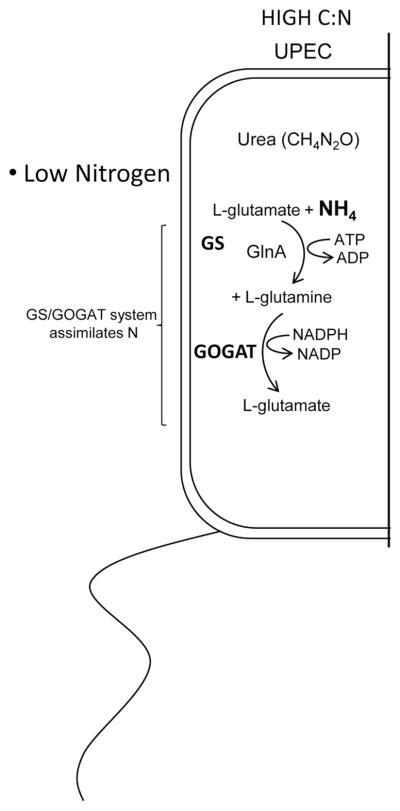Figure 4. Model describing the C/N ratio within the urinary tract for E. coli.

The urinary tract environment has a low C/N ratio due to the dilute mixture of amino acids and peptides as the primary carbon source and the abundance of urea in urine providing a substantial nitrogen contribution. E. coli is unable to utilize or sense the nitrogen sequestered in urea because it lacks urease, which liberates ammonia from urea. This results in E. coli activation of the glutamine synthetase and glutamate oxo-glutarate aminotransferase system (GS/GOGAT) to assimilate nitrogen. (From, Alteri, Christoper J., Stephanie Himpsl, and Harry L.T. Mobley. 2015. Preferential Use of Central Metabolism in vivo Reveals a Nutritional Basis for Polymicrobial Infection. PLoS Pathogens 11:e1004601)
